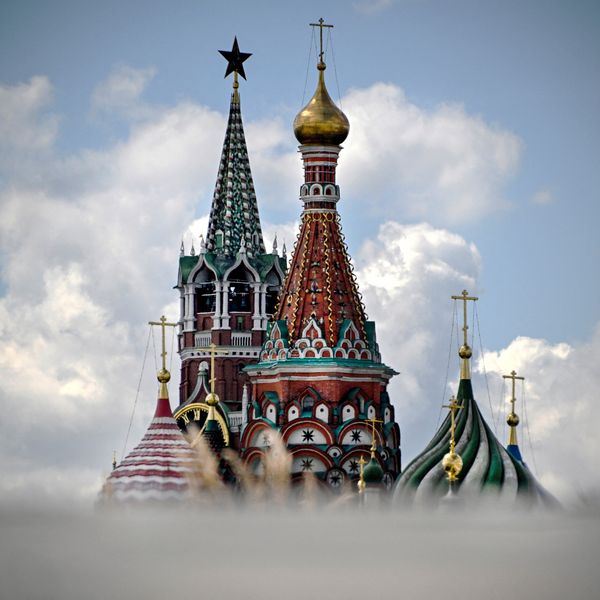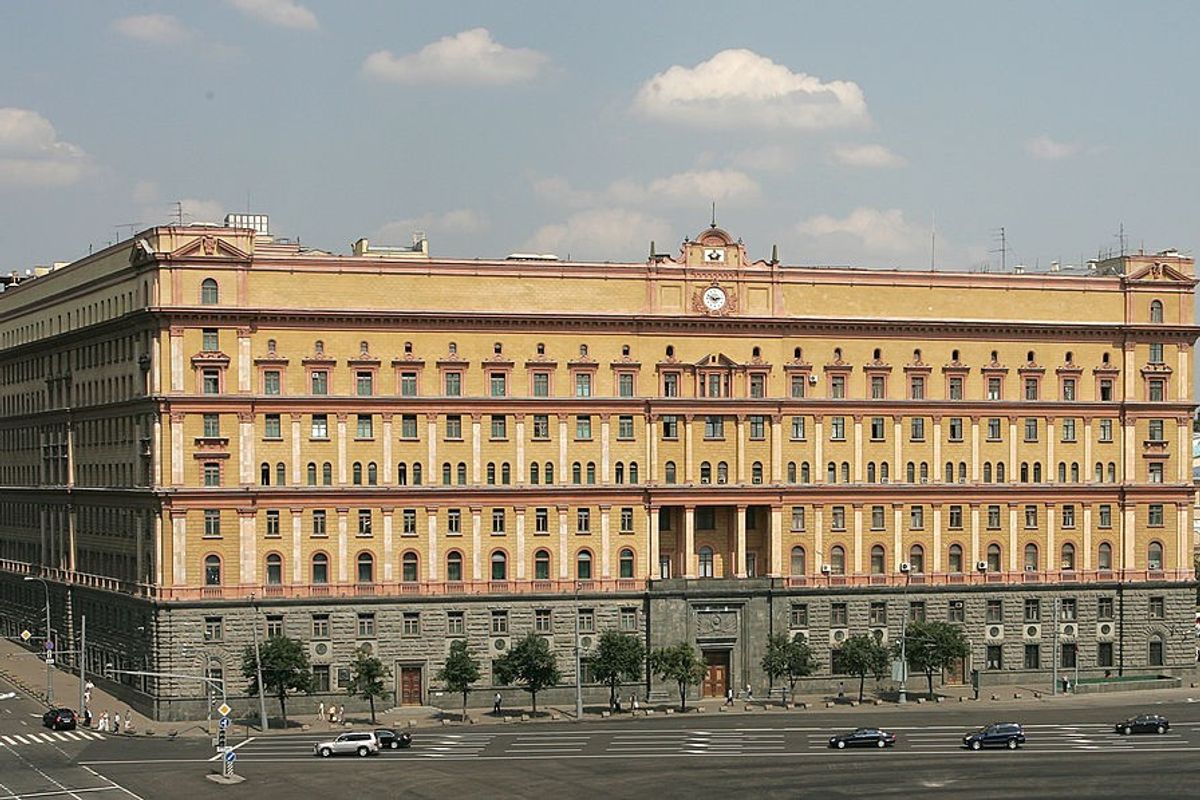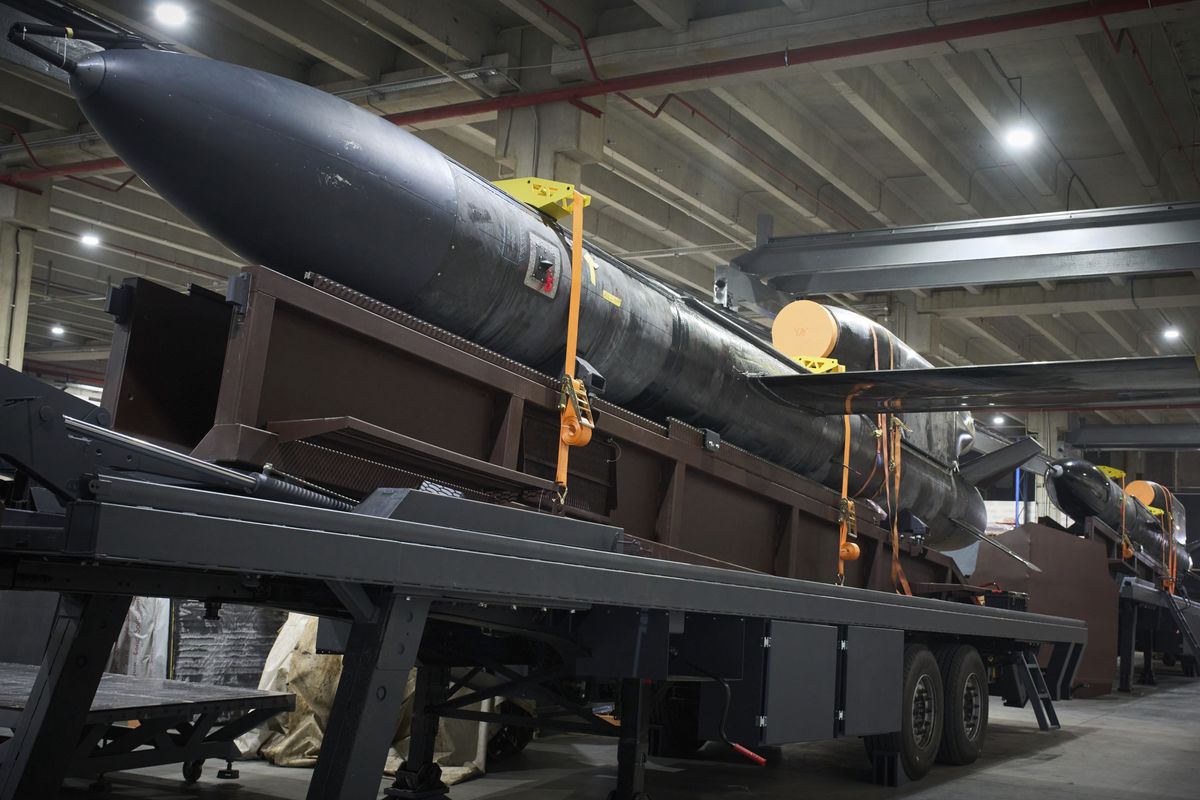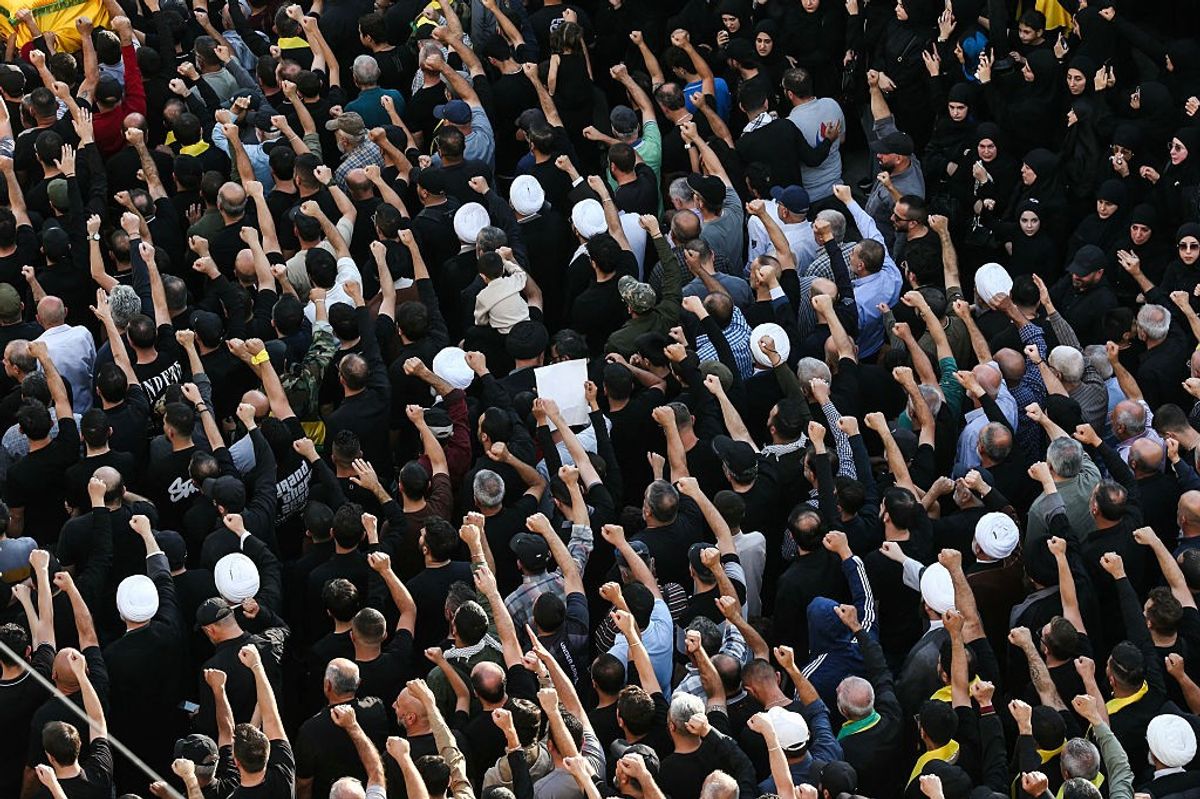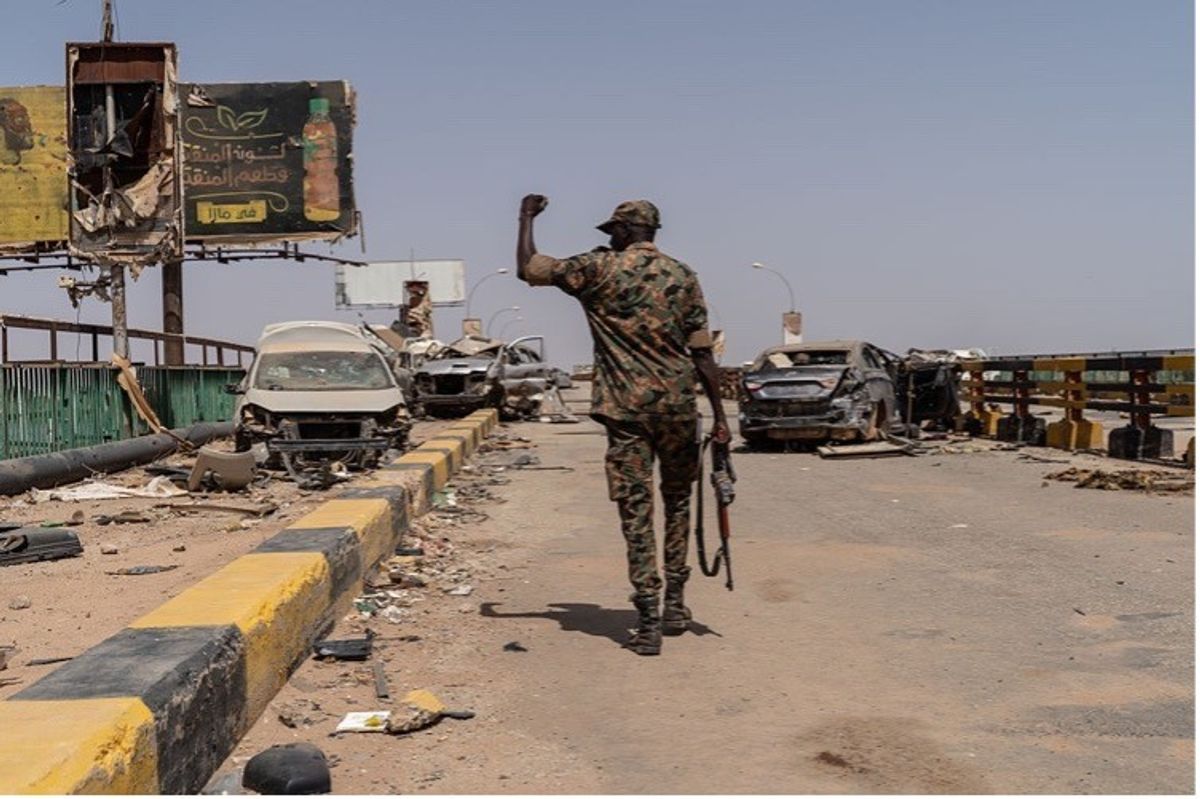OPINION — Israel’s new Middle East security reality is coming into sharper focus in a volatile Syria, where sectarian clashes are taking place and aggressive Israeli Defense Forces (IDF) actions are seeking to prevent another October 7.
In Tel Aviv last December, Israel’s Deputy Minister of Foreign Affairs called post-Assad Syria’s new leader, Ahmed al-Sharaa, a “wolf in sheep’s clothing.” This is understandable, especially considering that Syria’s new leader was once closely aligned with Al Qaeda; from an Israeli perspective, there is an existential need to ensure that neither Hamas’ Nukhba, its elite fighting force, nor any other terrorists, can threaten Israel from neighboring Syria.
One cannot understand Israel’s need for strategic depth in Syria – and its worries about a unified Islamist state there – without comprehending the horrors of October 7 on Gaza border communities. In early March, an inquiry into the battle at the kibbutz concluded that the IDF completely “failed in its mission to protect” the residents of Kfar Aza.
Israel is determined not to repeat its mistakes and allow any such failures to spring from a surrounding territory ever again.
During the same week as the inquiry, Israeli military operations in Syria targeted a military site where arms belonging to the previous Syrian government were stored in Qardaha, in the mountains of northwest Syria. The Israeli raids struck three former Syrian army weapons depots that Israeli officials believed could fall into jihadi hands, similar to what Israel did when it struck Syrian Navy sites last December.
Israeli airstrikes over the past several weeks reflect an aggressive new calculus after the October 7 attacks. This is happening while Israeli ground forces are pushing into territory previously controlled by Syria, and as Israel is operating beyond its borders on multiple fronts, even preparing to defend Druze settlements in the suburbs of Damascus.
Experts are gathering at The Cipher Brief’s NatSecEDGE conference June 5-6 in Austin, TX to talk about the future of war. Be a part of the conversation.
The U.S. role
Though a continued small U.S. presence in northeast Syria positioned to counter a resurgent ISIS and keep in check a weakened Iran could remain firmly ensconced, it seems that the U.S. is intent on leaving Syria. President Trump has clearly stated that he does not view Syria as a U.S. fight. Moreover, at the time of this writing, Hayat Tahrir al-Sham remains on the list of designated foreign terrorist organizations.
So, if Washington is not going to shepherd the new government or leadership in Damascus, it’s important to examine the opportunities and risks to the region with a brief examination of the actors that will be on the ground in Syria.
While the Trump administration’s overarching policy toward Syria remains uncertain, in this post-October 7 world, it’s worth noting how the U.S. once dealt with a different unsavory partner in the Middle East – in the case of Iraq. Decades before Saddam Hussein invaded Kuwait in 1990, the U.S. accepted its sometimes-fraught relationship with the Iraqi dictator to support broader Middle East goals, especially during the 1980-1988 Iran-Iraq War.
The same questions once asked about Saddam Hussein are now being asked about Ahmed al-Sharaa: can he be trusted? In the case of Saddam, analysts posited that “the leopard cannot change its spots.” This was eventually proven correct. That question remains to be answered with al-Sharaa.
So, if not the United States, then what about Turkey’s approach to dealing with Ahmed al-Sharaa and Syria’s new government?
Perhaps the trust factor matters less to the U.S. if Syria becomes Ankara’s problem, even though that will be deeply troubling from an Israeli point of view, as Jerusalem sees Ankara, under the leadership of President Recep Tayyip Erdoğan, as one of Hamas’ most important strategic allies. Either way, that tension is problematic, and ultimately, the Trump Administration’s counterterrorism strategy will be directly challenged if Syria once again descends into civil war, jihadists flourish in the region, or if the Kurds become targets of the new government or Turkey.
Still, the U.S. may choose to just nod to Turkey and let Ankara do the sorting out in Syria, while the U.S. seeks broader opportunities and goals in the Middle East, such as brokering a lasting peace deal with Palestinians in Gaza, supercharging the Abraham accords, and reopening nuclear talks with Iran. All of this may prove to be the case of the U.S. tacitly supporting Turkey with its presence and leadership to counterbalance Iran and Russian influence in a new Syria.
The Cipher Brief Honors Dinner is on April 18th in Washington D.C. Apply now for your seat at the most glamorous spy dinner of the year. Find out more about this invite-only event at cipherbriefhonors.com
An eye on Russia – and Turkey
Keep in mind, the Russians are already edging back in Syria, playing to the Islamist government by seeking to renegotiate their military basing rights, not to mention providing much-needed funding to a cash-strapped country. Not surprisingly, the Russian-Syria dynamic is another Putin raw power competition play. Russia is opportunistically filling a power vacuum in Syria, as Putin’s regime has done across Africa.
Once the dust begins to settle, Turkey may emerge as the big winner in Syria. President Erdoğan is as opportunistic as Putin in a post-Assad future Syria. After all, Ankara has the strongest links with the Islamists now in control of Syria, positioning Turkey to gain from becoming a more consequential regional power broker in the aftermath of Assad’s collapse. This dynamic also fits within Erdoğan’s long-term strategy and neo-Ottoman foreign policy ambitions.
Elsewhere, Arab and Western leaders have urged Syria’s new leadership to establish a representative government that is inclusive of all religious sects and ethnic groups – even though U.S.-backed Kurds were not invited – before they can normalize ties with Syria. Indeed, al-Sharaa delivered on his promise to hold a national dialogue to discuss the formation of such a government. This may have been the first step to drafting a new constitution for the country.
Yet despite that and other recent progress, much of Syria’s future remains an open question. When all is said and done, if al-Sharaa faces the choice of Israel escalating military operations in Syria or dramatically reducing tensions with Israel, Damascus should seriously consider how to achieve the latter. One major step toward realizing this end state is for Damascus to become more comfortable with the idea of a new Syria with autonomous ethnic regions, through which demilitarizing Syria’s southern border with Israel might be the safest bet, even as it may seem challenging in the immediate term.
Going forward, the most important point that regional stakeholders should keep in mind is that it was Iran-backed Hamas that triggered the cycle of violence on October 7, 2023 and across the Middle East. The second-order effects of the attacks on the Israeli-Gaza border communities included the fall of Assad, which never would have been possible without Israel seriously degrading both Iran and Lebanese Hezbollah.
And since Israel is not going to repeat its mistakes and allow any such failures to spring from Syria, it stands to reason that Israel needs to enhance its security to protect northern Israel over the long term.
The Cipher Brief is committed to publishing a range of perspectives on national security issues submitted by deeply experienced national security professionals.
Opinions expressed are those of the author and do not represent the views or opinions of The Cipher Brief.
Have a perspective to share based on your experience in the national security field? Send it to Editor@thecipherbrief.com for publication consideration.
Read more expert-driven national security insights, perspective and analysis in The Cipher Brief




